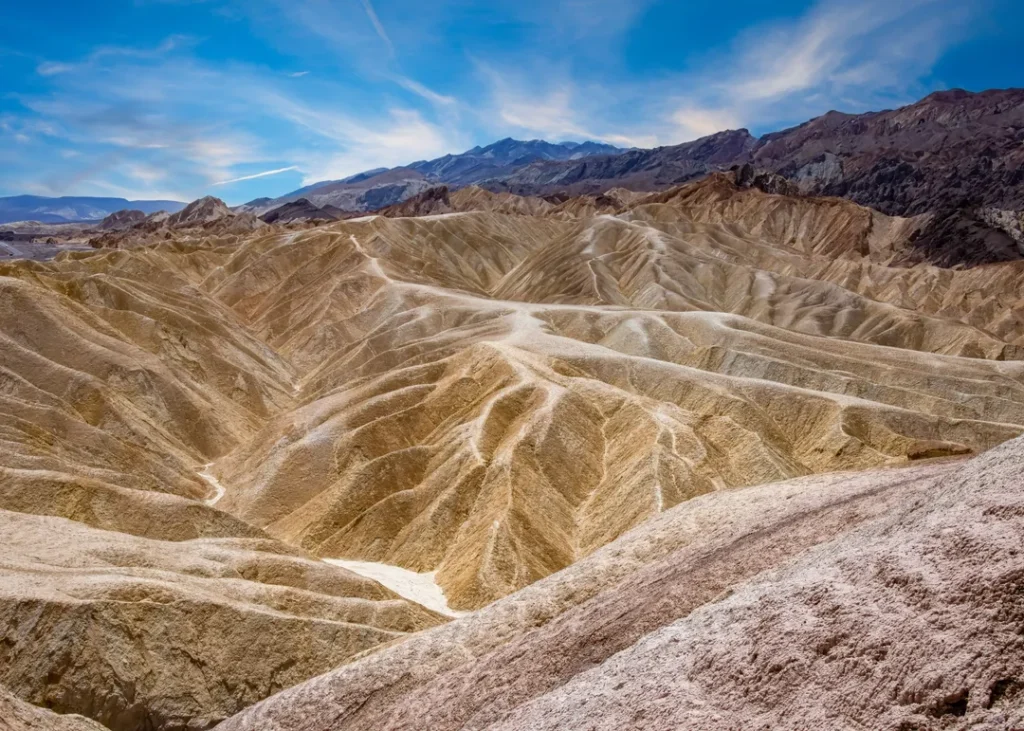
Death Valley National Park
Death Valley National Park, a remarkable expanse within the Mojave Desert, is renowned for its extremes. It is the hottest, driest, and lowest national park in the United States. Springtime here brings a mild and often pleasant climate, a stark contrast to the scorching temperatures recorded in the summer months.
The park’s history is rich with the trials and efforts of the Native Timbisha Shoshone tribe, the boom of the Gold Rush era’s mining communities, and the designation as a national monument in the 1930s before achieving national park status in 1994.
Covering more than 3.3 million acres of desert and mountains, Death Valley is home to a diverse range of geologic formations. The undulating landscape and sculpted hills, as seen in the photo, are products of complex natural forces — including erosion which reveals sedimentary layers that tell a story millions of years old.
Close to other attractions such as the scenic Artist’s Palette, the towering Telescope Peak, and the reflective salt flats of Badwater Basin, this particular location within the park demonstrates the stark beauty and variety of the valley’s terrain. The colorful rock formations and stratified earth provide an awe-inspiring view for visitors and serve as a reminder of the earth’s dynamic geological processes.
Moreover, Death Valley’s Spring weather also allows for comfortable exploration of its unique wildlife and rare wildflower blooms, which can splash the monochromatic landscape with vibrant colors, creating a living painting in this desolate yet captivating part of the world.
Exploring Near Death Valley National Park: An Adventure Guide
Death Valley National Park, known for its stark beauty and extreme conditions, is surrounded by landscapes equally rich in adventure opportunities. From the serene to the challenging, the area offers a variety of activities for enthusiasts of all types. Here’s a comprehensive overview of the adventures awaiting near this remarkable park.
Biking
The terrain around Death Valley offers biking trails that cater to both road cyclists and mountain bikers. The smooth, long stretches of road leading to the park are perfect for road biking, offering scenic views with relatively low traffic. For the more rugged at heart, mountain biking trails can be found in the surrounding hills, providing challenging climbs and rewarding views. Always remember to check the weather and bring plenty of water.
Climbing
Just beyond the boundaries of Death Valley National Park, climbers can find a wealth of rock climbing and bouldering spots. The various canyons and rocky outcrops present a range of difficulties, from beginner-friendly to expert-level challenges. Spring and fall are the best times to climb, offering cooler weather for a day on the rocks.
Hiking
Hiking is a favorite pastime here, with trails that span deserts, canyons, and mountains. Short walks such as the Golden Canyon interpretive trail offer insight into the area’s geology and history, while more strenuous hikes like the Telescope Peak trail provide panoramic views of Death Valley and beyond. Early morning or late afternoon hikes are recommended to avoid the midday heat.
Family Adventures
Death Valley and its surroundings offer numerous activities that families can enjoy together. The Mesquite Flat Sand Dunes are a hit with kids, providing a vast playground for running and playing. Guided tours, available on request, can take families through some of the park’s most iconic landscapes, making for an educational and enjoyable day out.
Fishing
While Death Valley itself might not be renowned for its fishing opportunities, nearby regions offer freshwater lakes and streams ideal for angling. The Owens River and other nearby bodies of water are known for trout fishing. Always check for fishing season guidelines and necessary permits.
Pet-Friendly Adventures
Traveling with pets? Certain areas around Death Valley welcome furry friends. While pets must be on a leash and are restricted in some areas, there are plenty of trails and campsites where pets are welcome. Ensure that you carry enough water for yourself and your pet, and always clean up after them.
Paddling
Though water sports might not come first to mind when thinking of Death Valley, several surrounding lakes and rivers provide excellent paddling opportunities. The Owens River, for instance, offers serene stretches ideal for canoeing or kayaking. Spring and fall are the best seasons for paddling in this region, with cooler temperatures and gentler winds.
Running
For runners seeking a unique challenge, the area around Death Valley offers some of the most extreme and rewarding routes. From casual jogs on the valley floor to participating in the infamous Badwater Ultramarathon, regarded as one of the world’s toughest races, runners of all levels can find their stride. Early morning runs are advisable to beat the heat.
As you plan your adventure near Death Valley National Park, remember that preparation is key. The region’s beauty is matched by its extreme conditions, and it’s crucial to respect the natural environment. Carry plenty of water, inform someone of your travel plans, check weather conditions, and ensure you have the appropriate permits or passes. Whether you’re pedaling through the desert, scaling a cliff, or enjoying a serene paddle, the areas surrounding Death Valley are filled with opportunities for exploration and adventure.


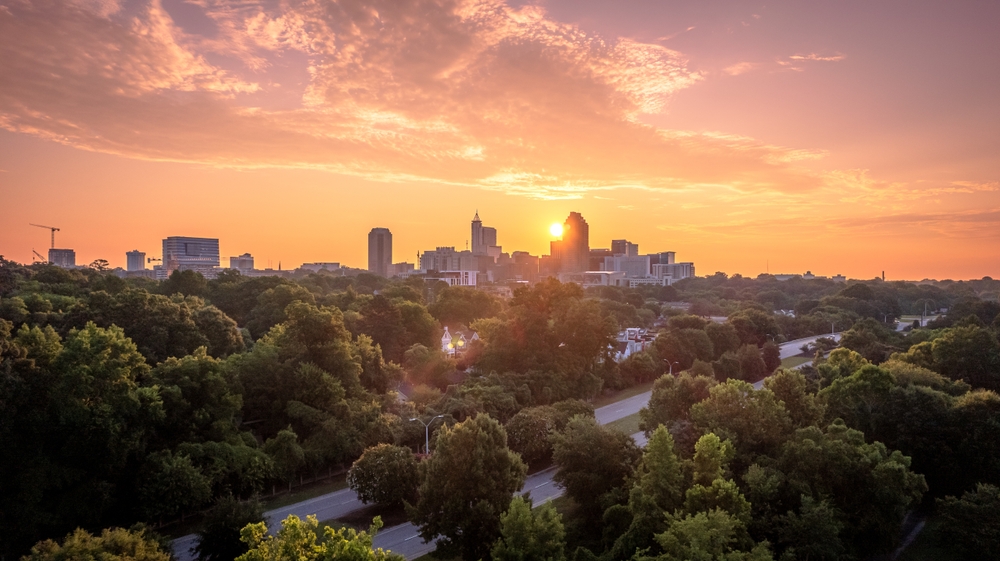
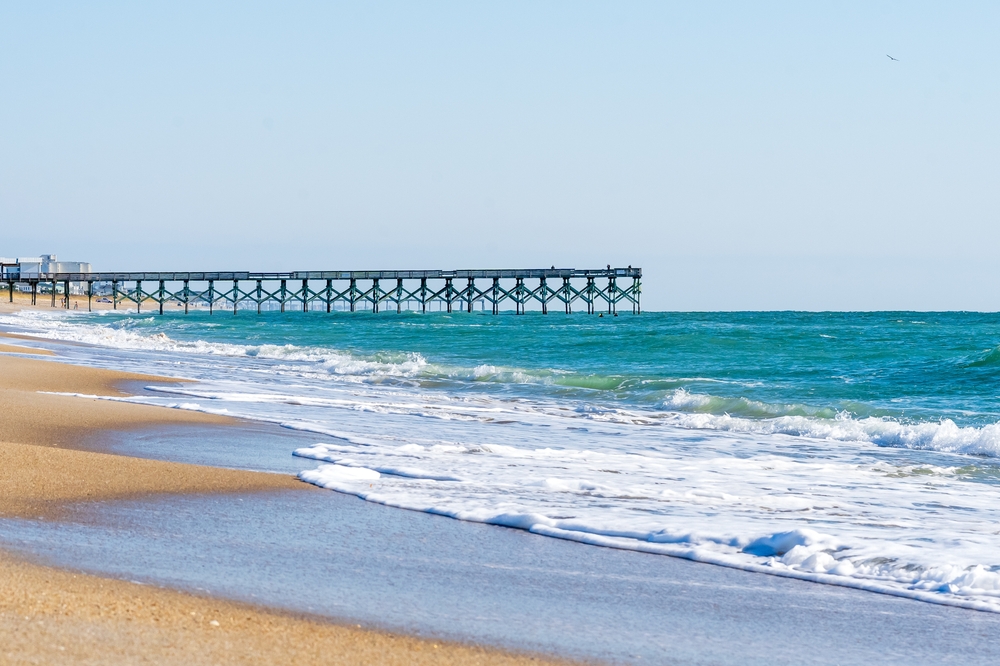
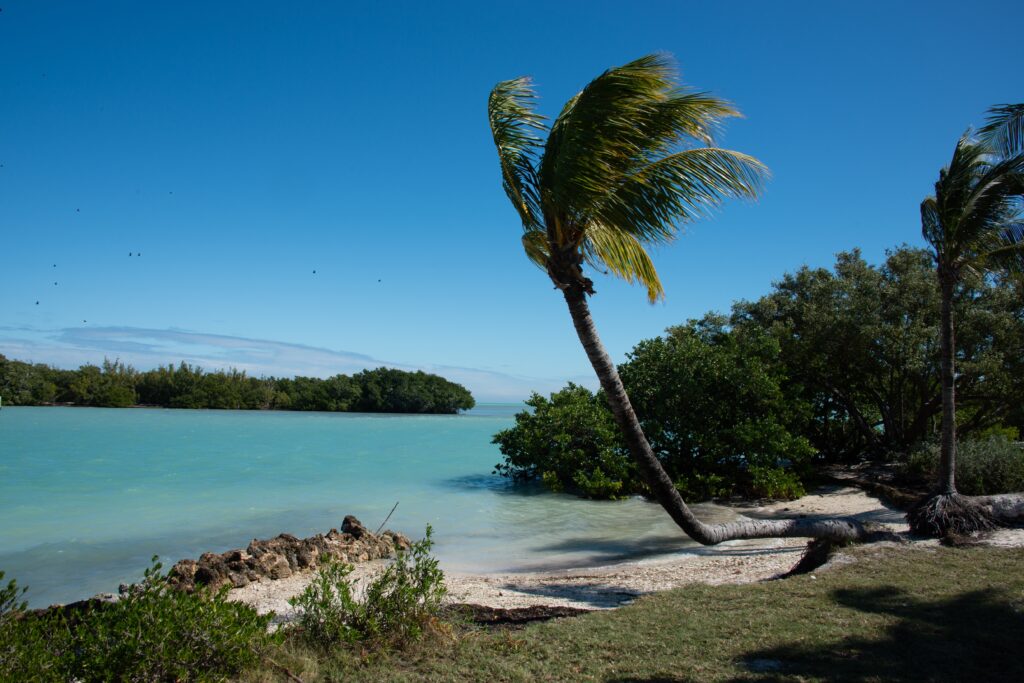
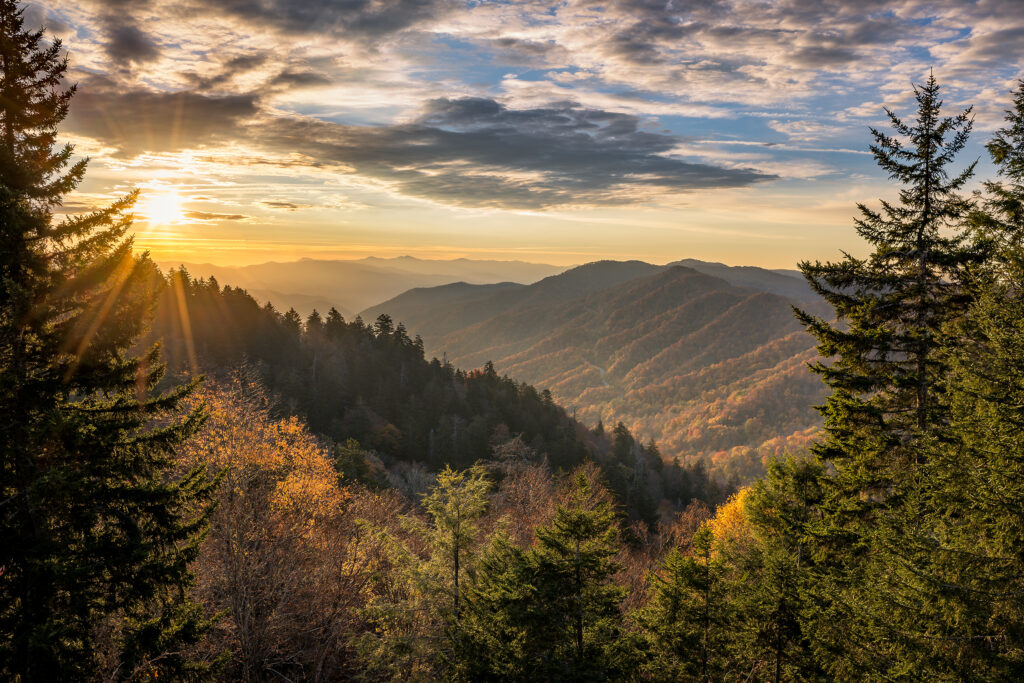
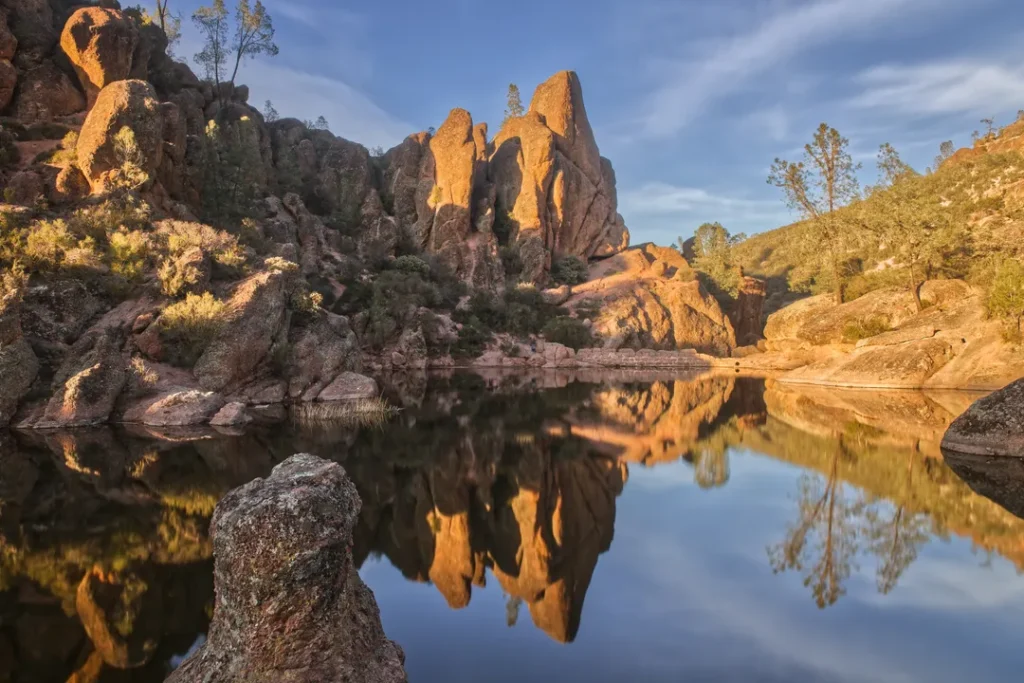
Responses